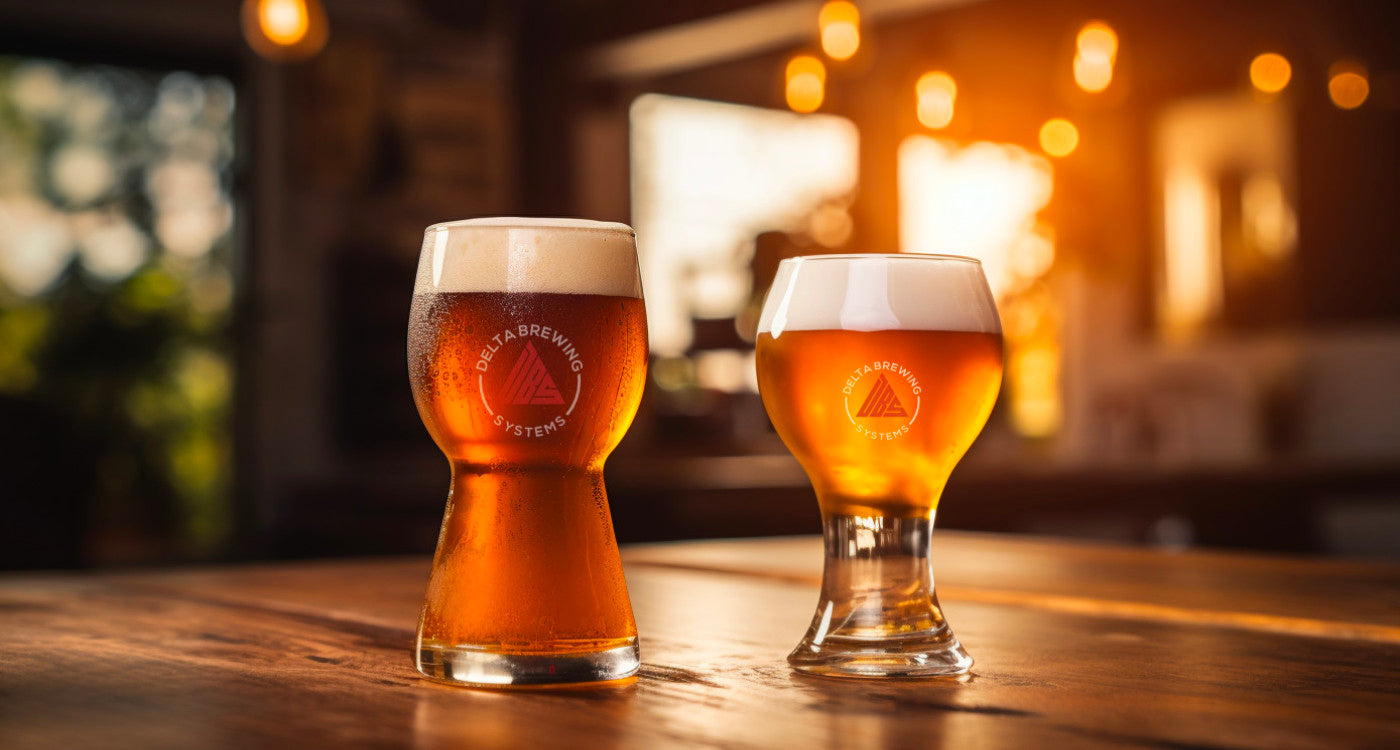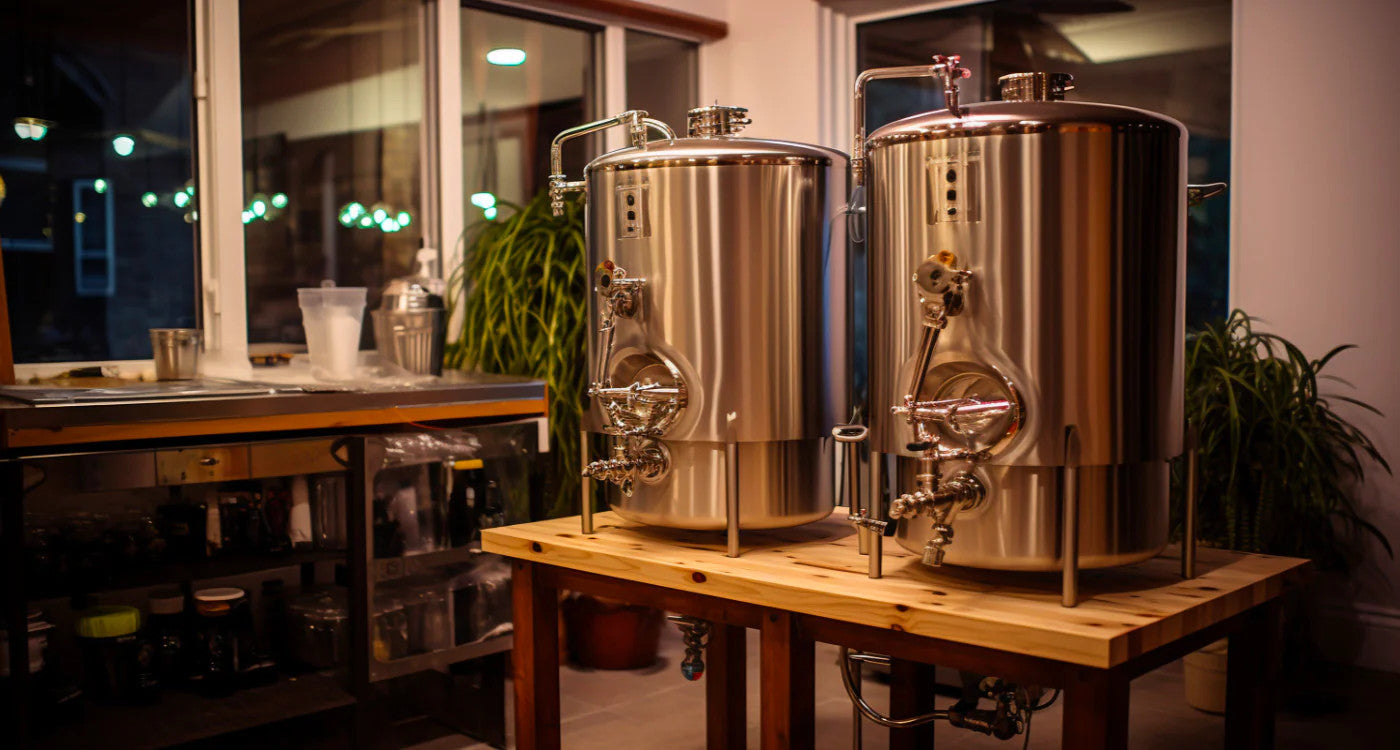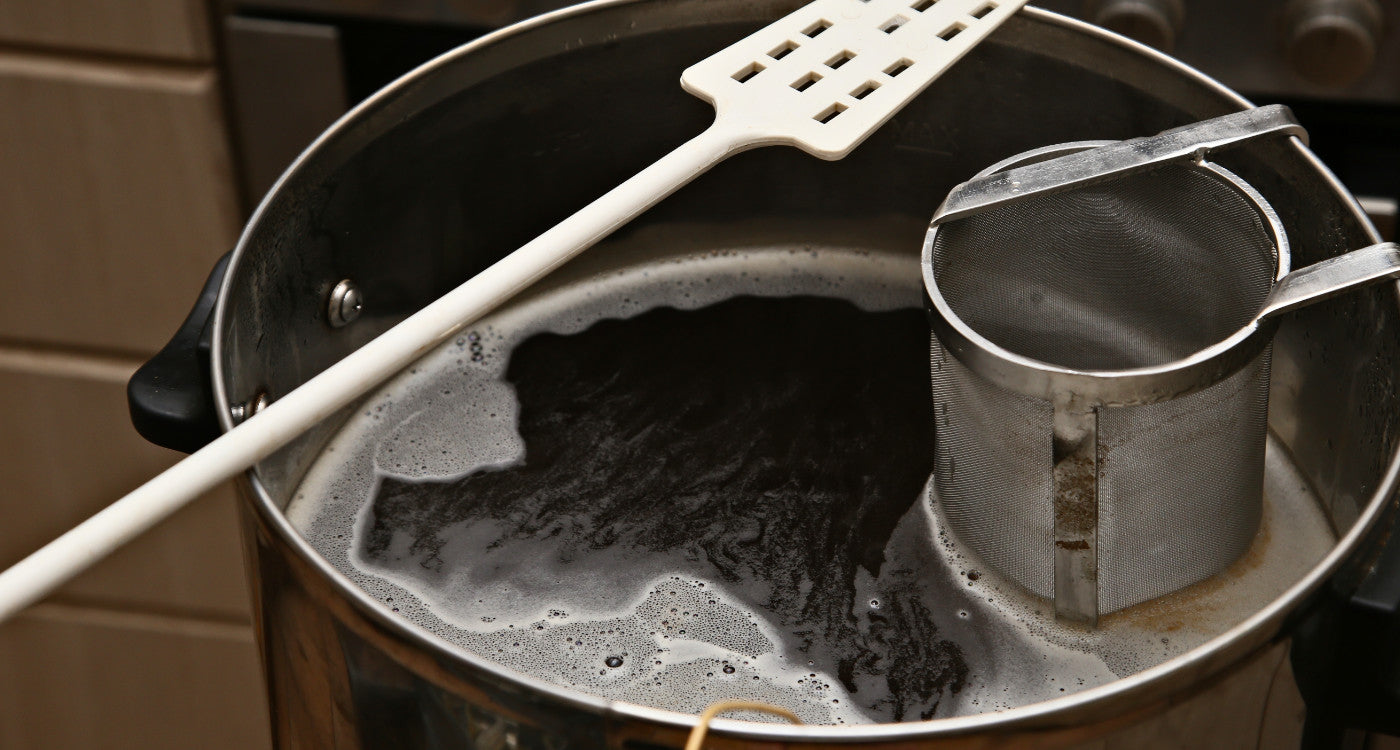A Deep Dive into the World of Beer
Beer is one of the oldest and most widely consumed alcoholic beverages on the planet. Its deep cultural roots, diverse flavors, and universal appeal make it a favorite for many.
At the heart of this vast world of beer are two primary categories: ales and lagers. This article will discuss the differences between these two beer categories.
1. Yeast and Fermentation Process
The main difference between ales and lagers is the type of yeast used and the fermentation process.
-
Ales: Brewed with Saccharomyces cerevisiae, a top-fermenting yeast. This means the yeast ferments at the top of the fermentation vessel. Ales typically ferment at warmer temperatures (15-24°C or 60-75°F).
-
Lagers: Brewed with Saccharomyces pastorianus, a bottom-fermenting yeast. The fermentation occurs at the bottom, and lagers ferment at cooler temperatures (7-13°C or 45-55°F).
2. Flavor Profile
Due to the different yeast strains and fermentation temperatures, ales and lagers have distinct flavor profiles.
-
Ales: Ales offer a wide array of flavors and aromas, from fruity and spicy to malty and hoppy. This vast spectrum is due to the esters and phenols produced during the fermentation process.
-
Lagers: Lagers are known for their clean, crisp, and smooth flavors. They tend to have a more balanced taste with a sharp, defined character.
3. Historical Origin
-
Ales: Ales have been brewed for millennia, with ancient civilizations like the Egyptians and Sumerians crafting early versions of ale.
-
Lagers: Lagers are relatively new, originating in Central Europe, especially Germany, in the late Middle Ages. The cooler fermentation was initially a result of storing (or "lagern" in German) the beer in cold caves or cellars.
4. Varieties
Both ales and lagers have a plethora of sub-styles:
-
Ales: Examples include IPAs (India Pale Ales), stouts, porters, and Belgian ales.
-
Lagers: Examples encompass pilsners, bocks, dunkels, and Märzen.
5. Color and Clarity
While both ales and lagers can range in color from pale gold to dark brown, there's a common misconception that ales are darker. In reality, color isn't a determinant of whether a beer is an ale or lager. However, in general, lagers often tend to be clearer than ales, primarily due to the longer cold storage they undergo, which helps in settling out particles.
6. Alcohol Content
While there's a broad range in both categories, ales often (but not always) have a higher alcohol content than lagers. This isn't a strict rule, as many high-alcohol lagers and low-alcohol ales defy this generalization.
Conclusion
Ales and lagers provide a vast canvas upon which brewers can paint their masterpieces. While they have distinct characteristics, both have a storied history and a plethora of sub-styles to explore. Whether you're a fan of the fruity notes in ales or the crisp finish of lagers, there's a world of taste waiting to be explored. The next time you raise a glass, take a moment to appreciate the rich tradition and craftsmanship that went into your brew. Cheers!



